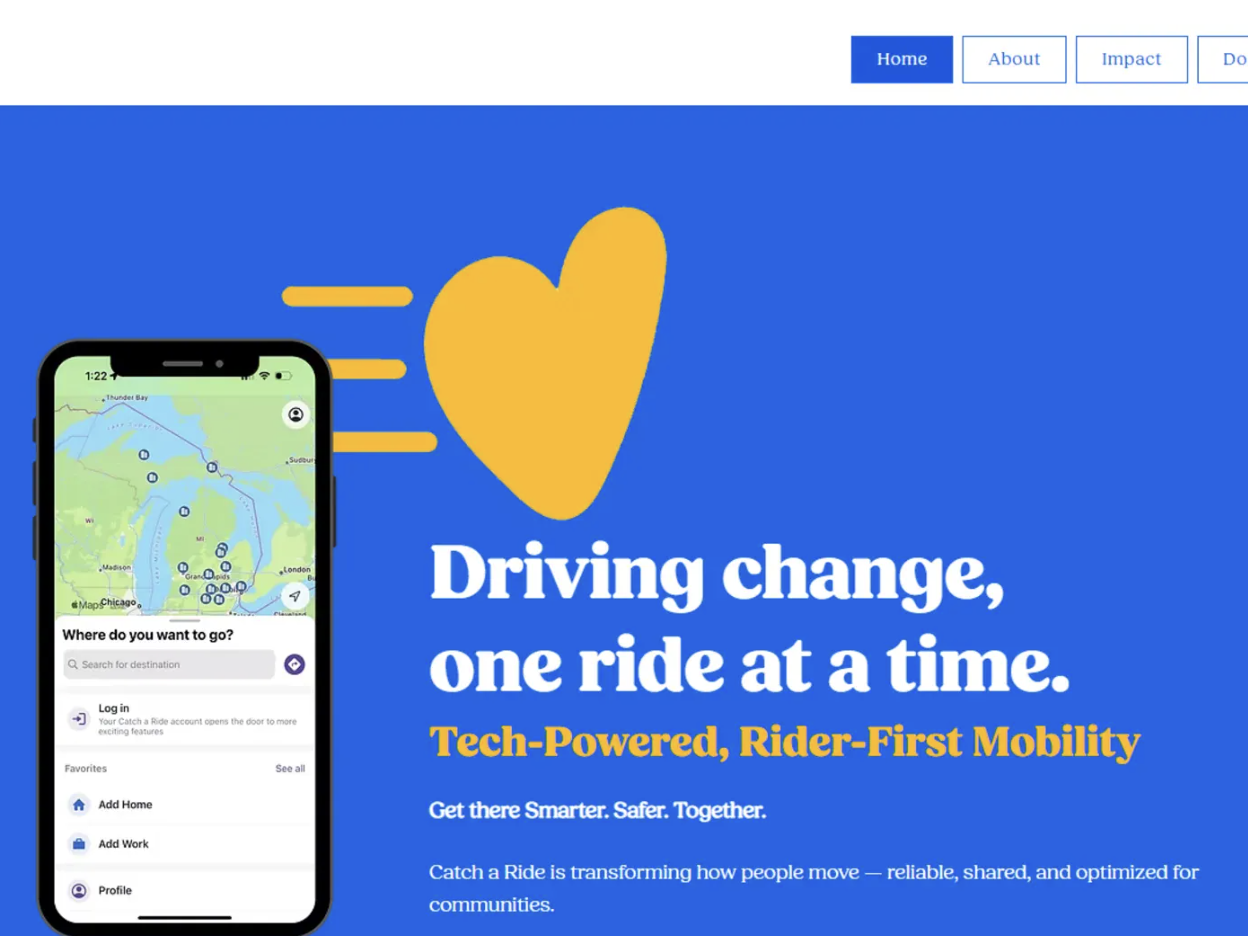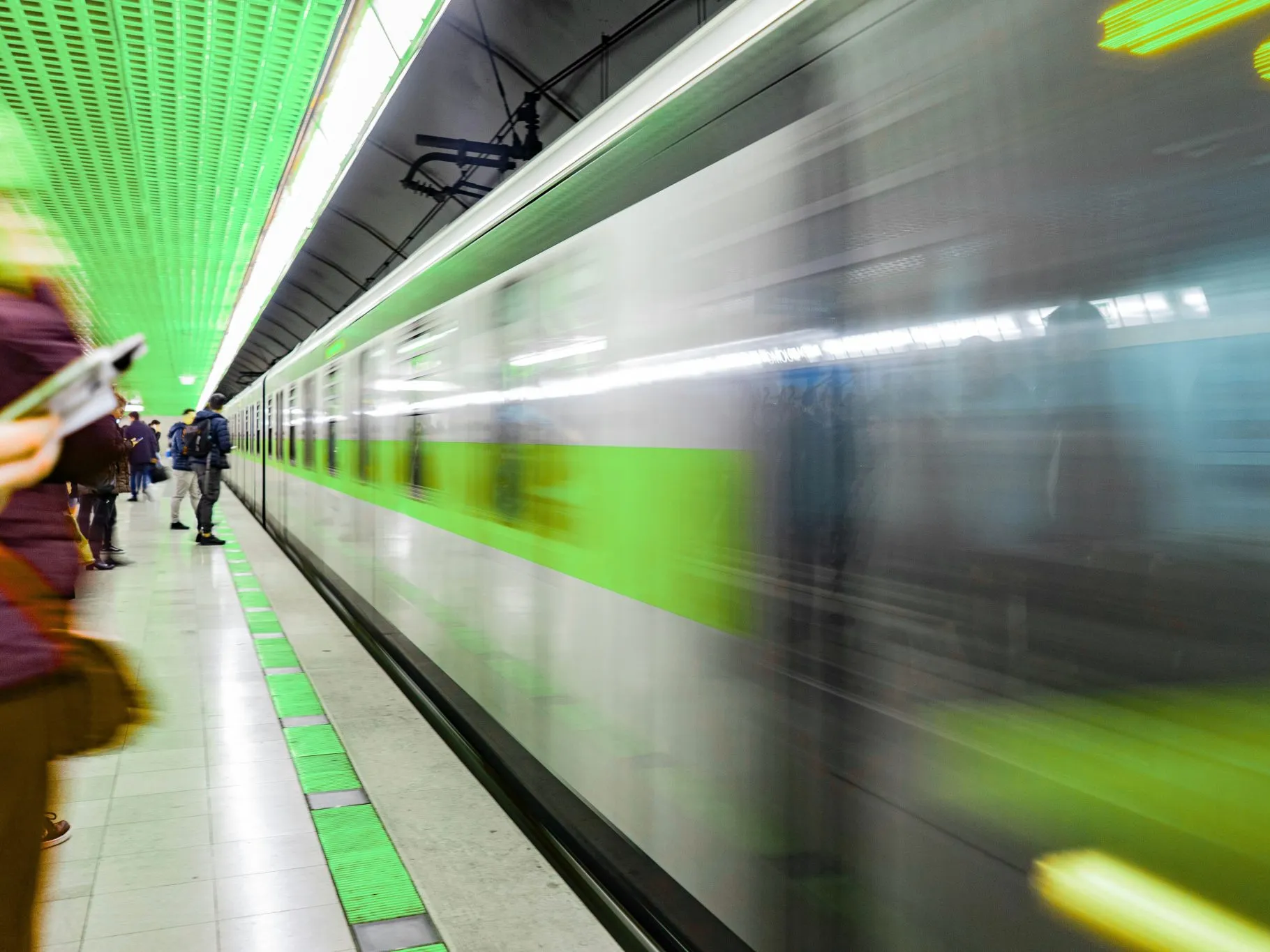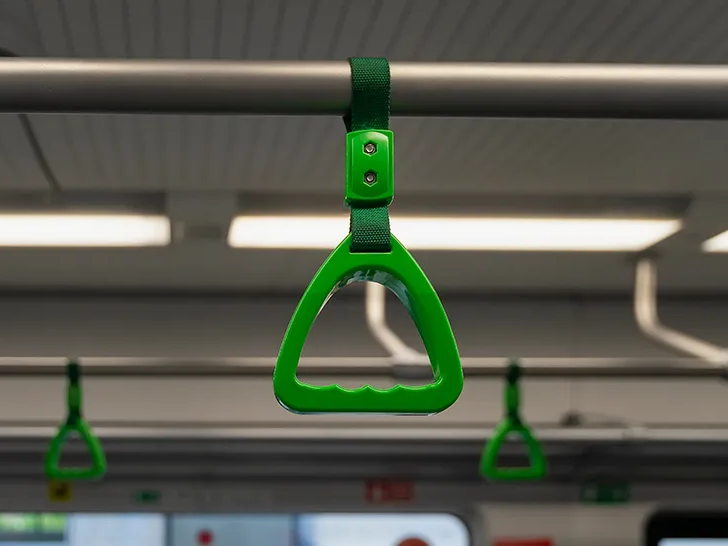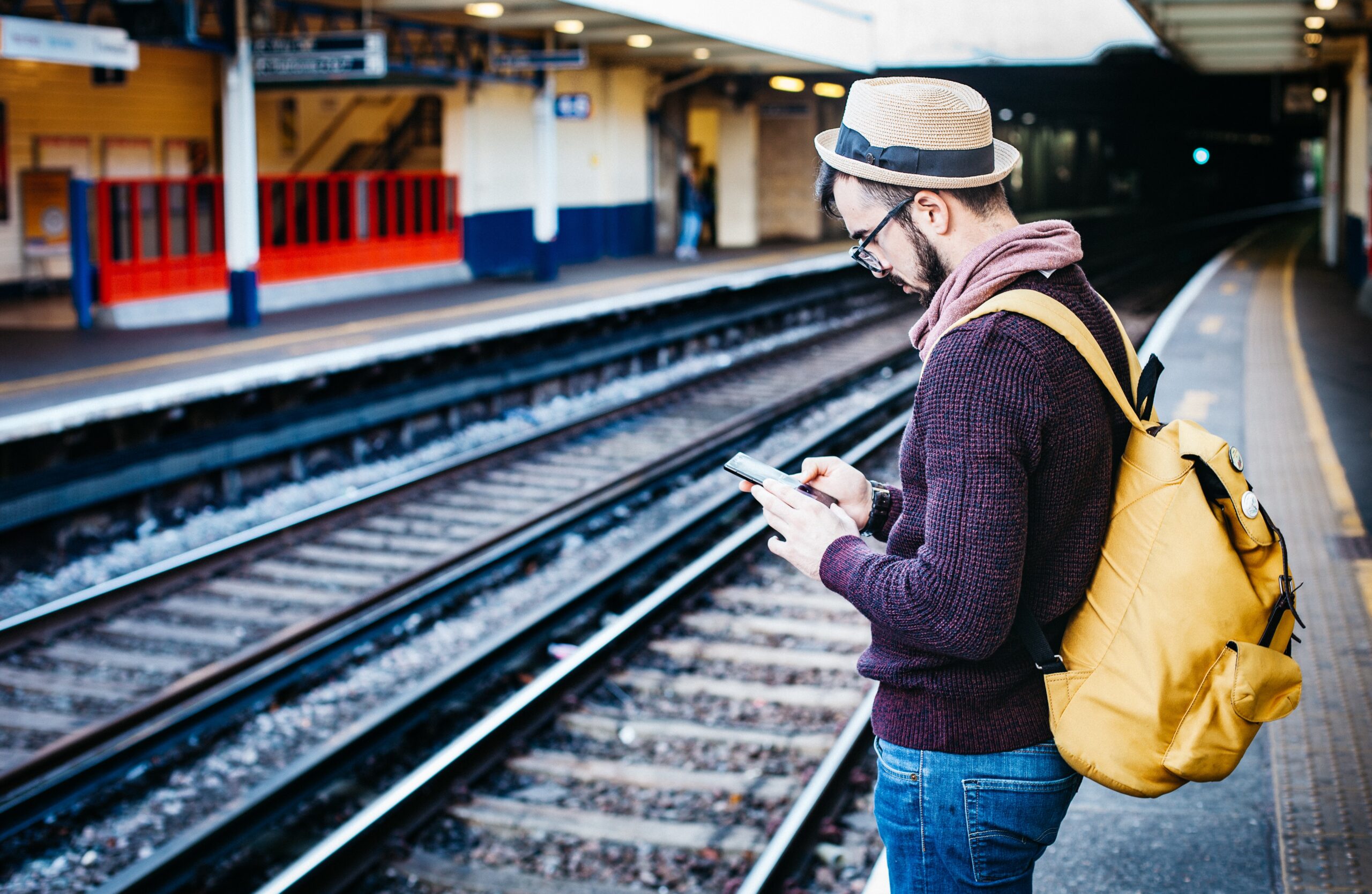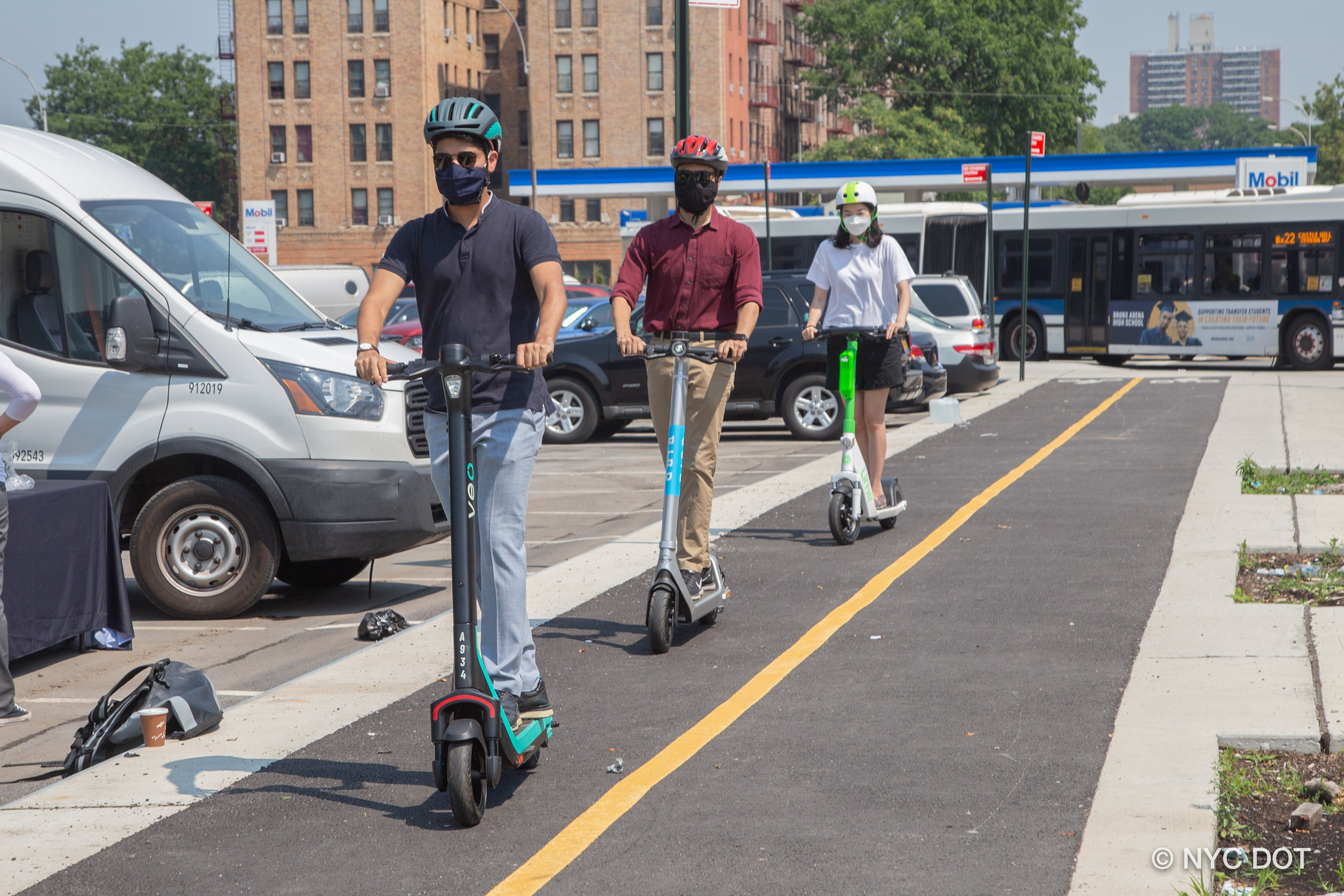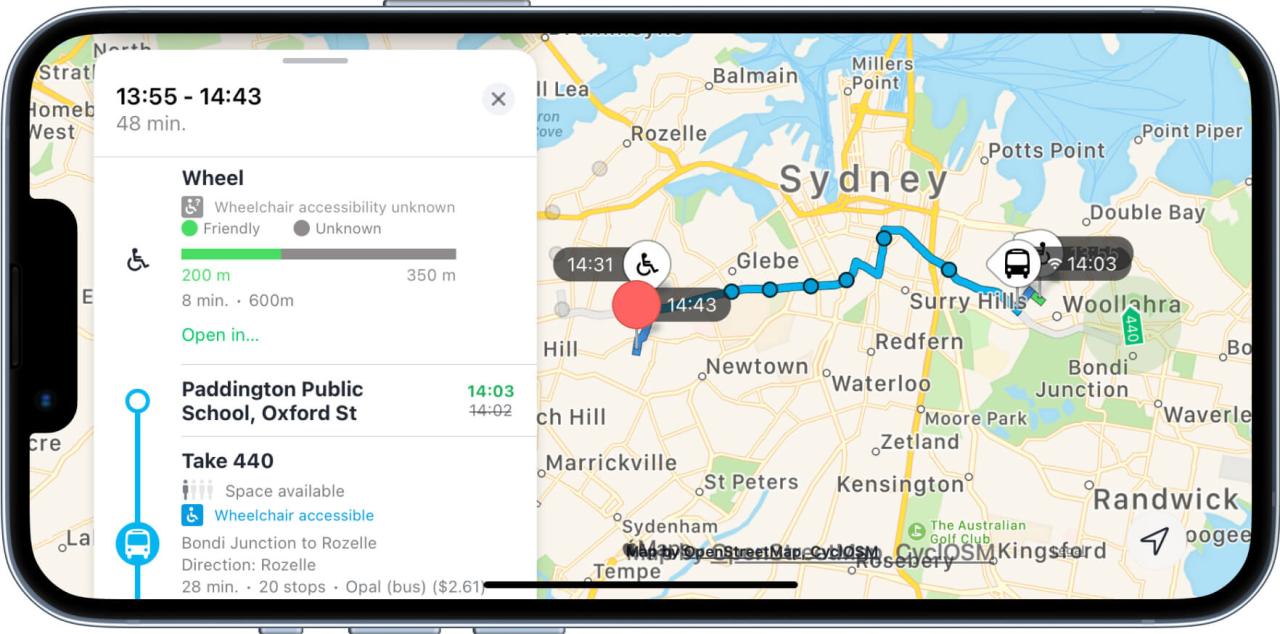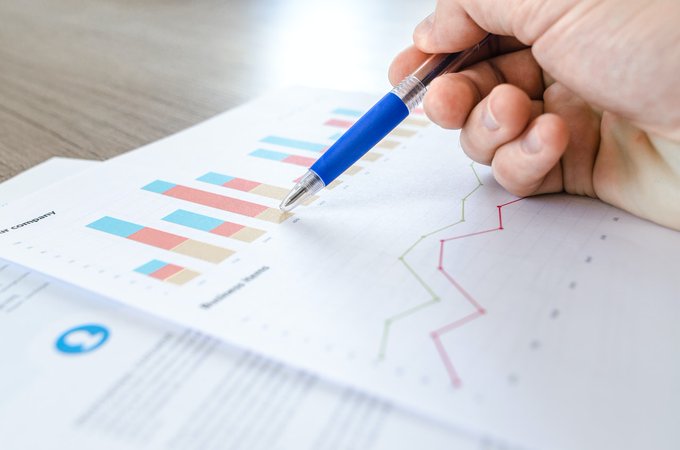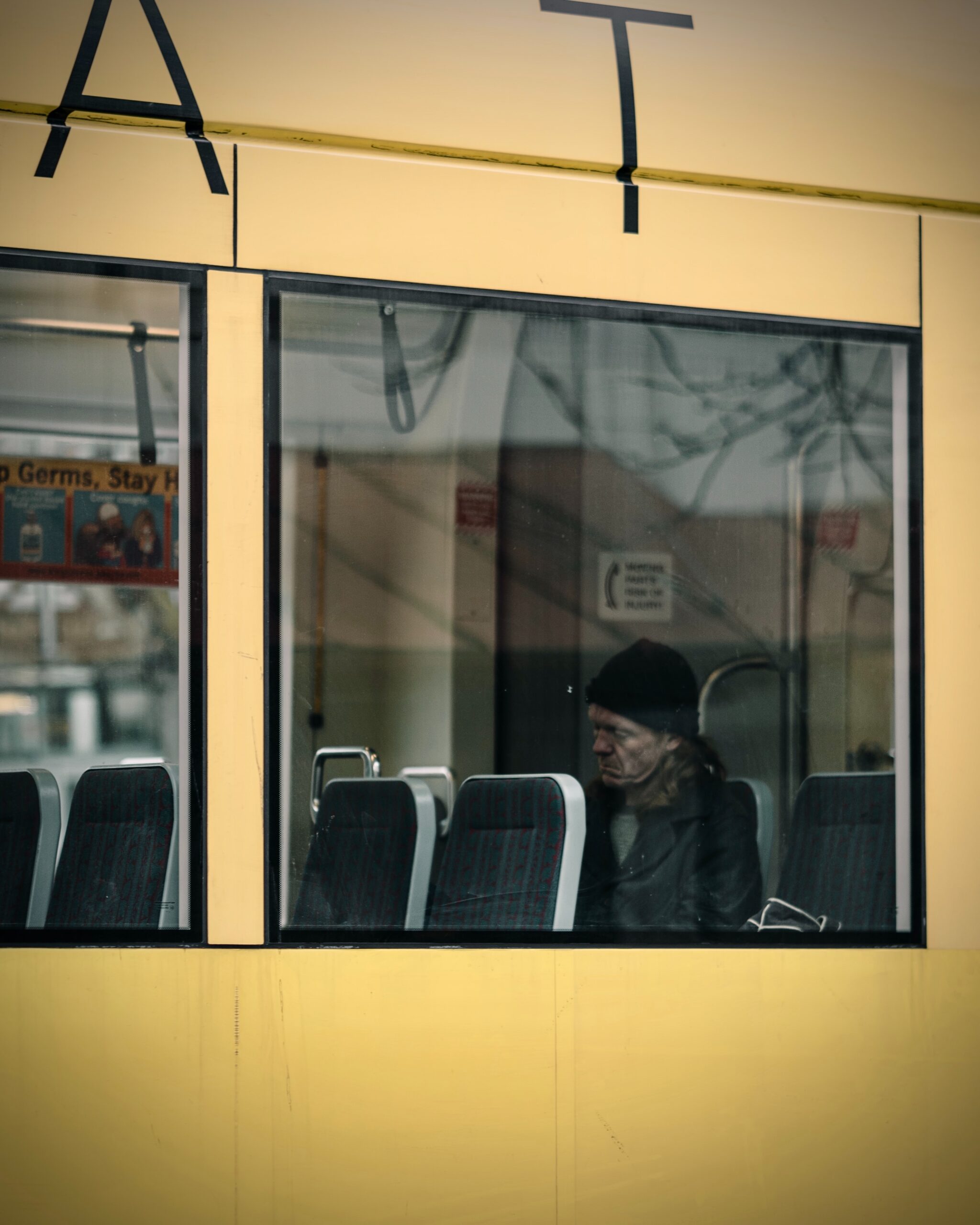Can MaaS Reduce Transport Poverty?
Transport is a basic need that determines our ability to take part in daily life: go to work, get an education, meet friends and relatives, attend healthcare appointments and run errands. There is even more need to travel when you’re a parent and have to move your children to and from school, hobbies, appointments etc. However, not everyone has access to transportation. More than 50% of the global population live further than a 500m walk from a bus or tram stop and more than 1km from a rail or ferry terminal (United Nations).
This issue affects a broad range of people: single parents, the unemployed, low-income families, women, ethnic minorities, people with reduced mobility and ill health and those living in rural communities.
What Is Transport Poverty?
Households that spend 10% or more of their income on moving from A to B are said to be ‘transport poor’ (Energy Cities). In ‘Transport poverty and its adverse social consequences’, professor Karen Lucas and co-authors state that a person is ‘transport poor’ where at least one of the following exists:
- No transport option suits the individual’s physical condition and capabilities.
- Existing transport options don’t reach destinations where the individual can carry out their daily activities to maintain a reasonable quality of life.
- The weekly amount of money spent on transport leaves the household below the official poverty line.
- Excessive amounts of time spent travelling lead to time poverty or social isolation.
- The prevailing travel conditions are dangerous, unsafe or unhealthy.
Further research outlines three key factors that influence the degree of transport inequality. These are the distribution of citizens across geography and social class; the distribution of opportunities such as education and employment; and transport accessibility including cost, location, time and reliability of services (NatCen Social Research). The basic need for transport is so crucial that it’s a United Nations Sustainable Development Goal to make cities inclusive, safe, resilient and sustainable (United Nations).
The Impact on Communities
Transport poverty has wide-ranging repercussions and is a major barrier to finding – and staying in – work. Owning a car is expensive. On top of the initial purchase, there’s ongoing maintenance and the cost of learning to drive in the first place. Public transport can also be prohibitive. It may not be available – or not at the time required, such as for shift work. After paying for food and housing, many people have little to no money left over for transport so hard choices have to be made. Poor safety and accessibility due to lack of footpaths and inadequate lighting can compound the problem (Liftango), and there’s the ever-present issue of bridging the first and last mile of any journey.
This can leave people unable to access education or jobs, with many finding themselves in a cycle of unemployment that often continues in families for generations. Likewise, people with disabilities or the elderly find themselves unable to leave their homes, go shopping or socialise. The lack of information about transport options can be a further barrier.
Energy poverty, i.e. a lack of adequate, affordable, reliable, quality, safe and environmentally sound energy services, often also affects people living in remote rural areas. As these households are also at increased risk of transport poverty, problems are further exacerbated (CREDS). Transport poverty causes reduced access to goods, services, training opportunities, and healthcare. It often leads to social isolation and negatively impacts mental and physical wellbeing, leading to higher long-term healthcare costs and lower quality of life.
How MaaS Could Help
MaaS apps combine all available transport options in one easily accessible platform. They allow people to quickly retrieve information on timetables, stop/station locations, and pricing, and combine multiple transport options into the best trip chain based on personal preferences. However, MaaS also goes much further than this due to its ability to integrate data and tools from a wide range of sources.
Research from Poverty Alliance and Transport Scotland highlighted that families wanted free bus travel during off-peak hours for people on low incomes as well as ‘affordable combined tickets’ for multi/mixed-modal journeys. Free and subsidised transport is already offered in various countries. In Canada, the ‘Fair Pass Transit Discount Program’ and ‘Transit Assistance Program (TAP)’ support people on low incomes, and small towns, such as Dunkirk in France, are offering free public transport (BBC). Even transport providers such as Spin are offering job hunters half-price access to their micromobility scheme while they find work (Intelligent Transport). Integrating options such as these into a MaaS app helps people access subsidised or free travel where they qualify. This helps to increase both awareness and accessibility of transport options.
There are many other ways that MaaS can support underserved communities too. SkedGo partnered with Feonix – Mobility Rising to provide a tailored solution that also met the needs of transport providers without access to sophisticated ride scheduling technology. This enabled Feonix to work with companies such as security firms, not-for-profits and other organisations with underutilised fleets. The benefits have been huge. People living in low density and rural areas have been able to attend work, appointments, and social events while children have been able to take part in activities and clubs. It has also supported case managers, caregivers and social workers to arrange transport too. Feonix is a great example of an organisation that has used MaaS to support underserved populations. (Read more from Feonix Founder and Executive Director, Valerie Lefler.)
Making the Future Inclusive
Transport must be accessible and fair for everyone. With MaaS, one size doesn’t have to fit all. Alongside reducing single-occupancy car use, mobility-as-a-service can help to improve the lives of citizens everywhere, forming an important part of any toolkit to tackle transport poverty.
It can help governments, cities and organisations to increase awareness of all the support packages and mobility options available to underserved communities – and address where there are gaps that need to be filled, and how best to fill them. Together, we can help to open up opportunities for excluded communities and benefit from the mobility freedoms that many of us take for granted. This will ultimately help to create a more equitable transport system for everyone.
This article was originally published by SkedGo Pty Ltd.






